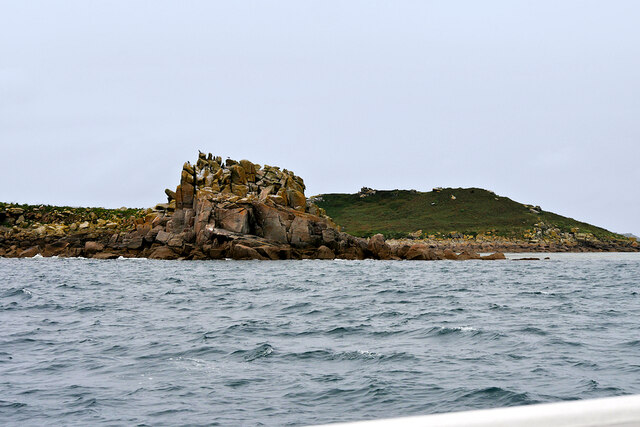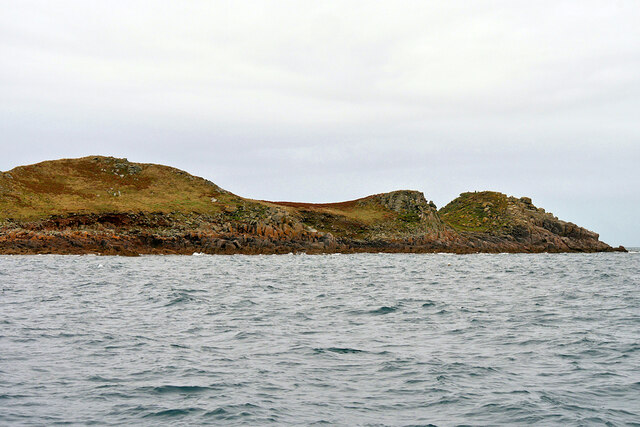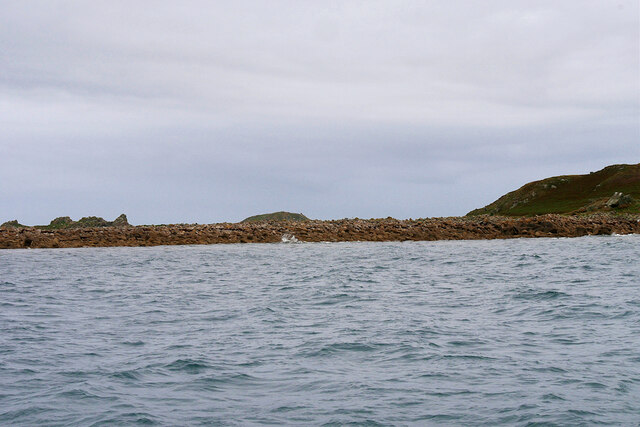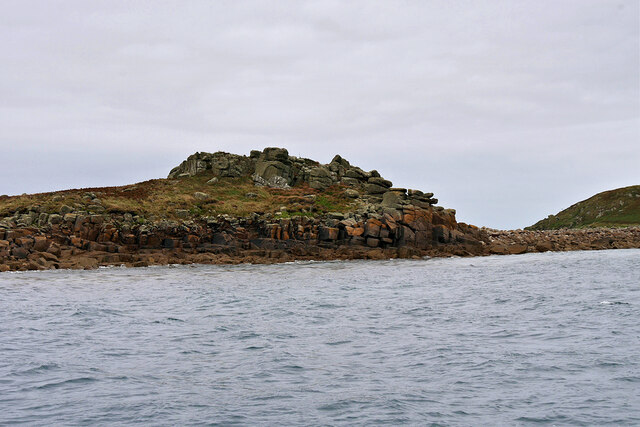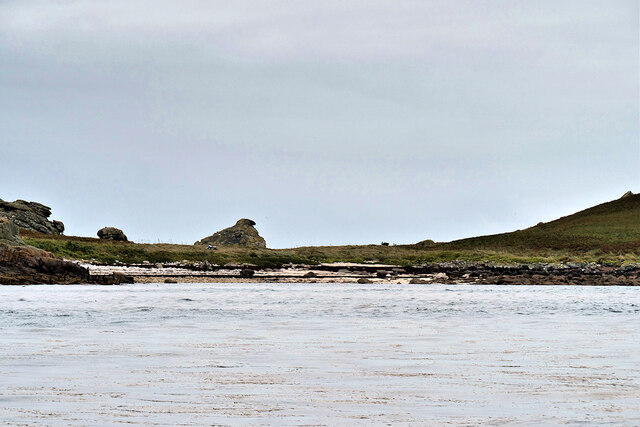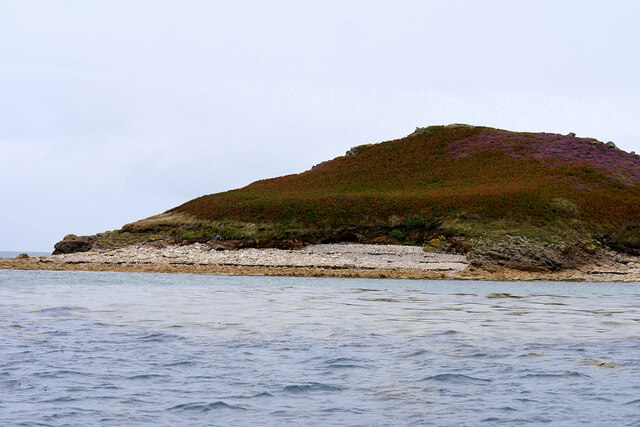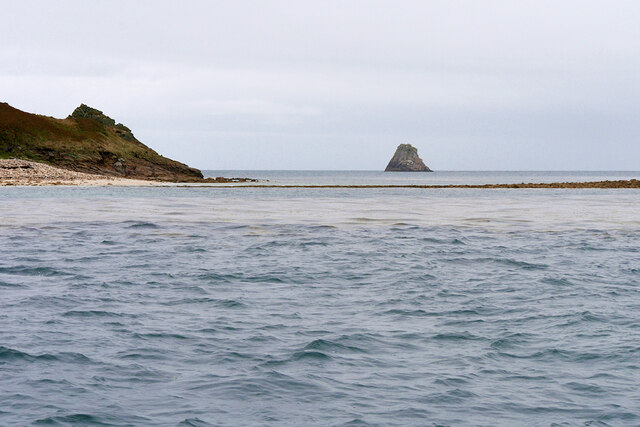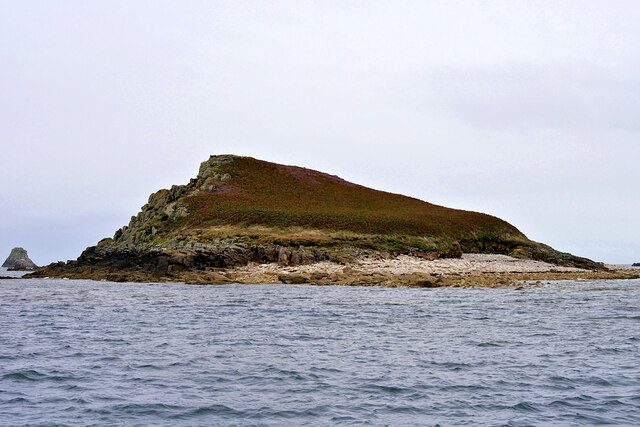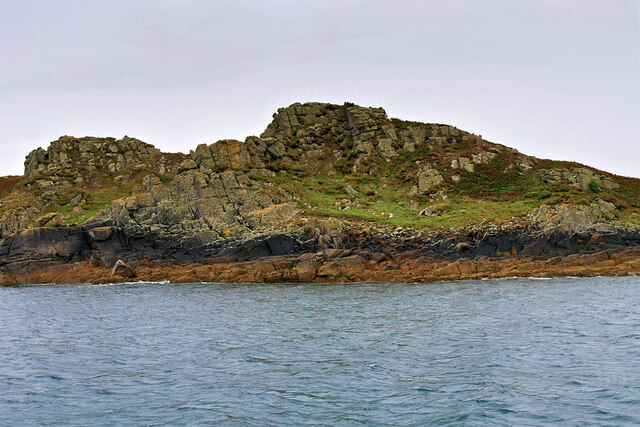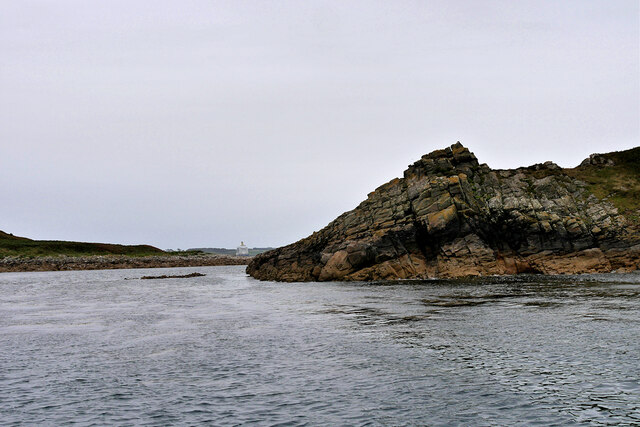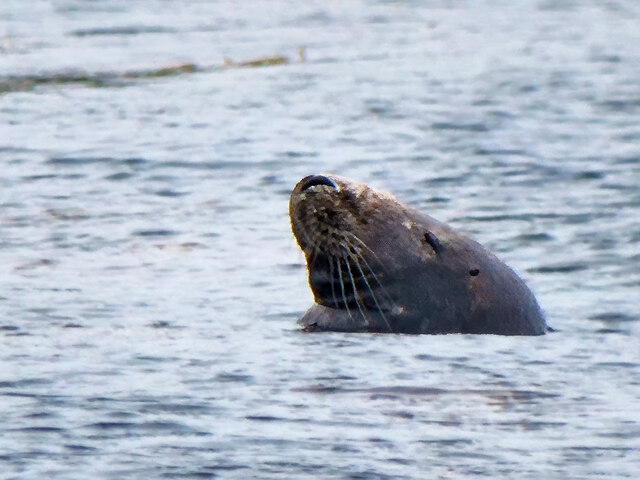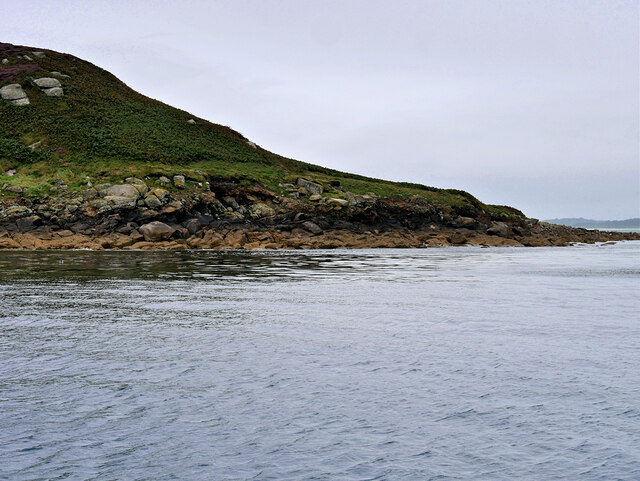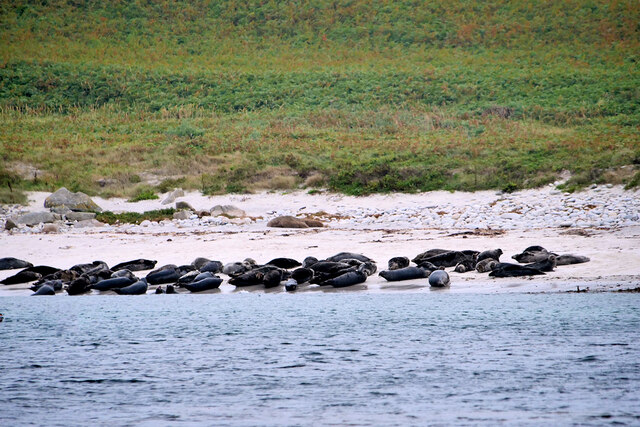The Hole
Sea, Estuary, Creek in Cornwall
England
The Hole
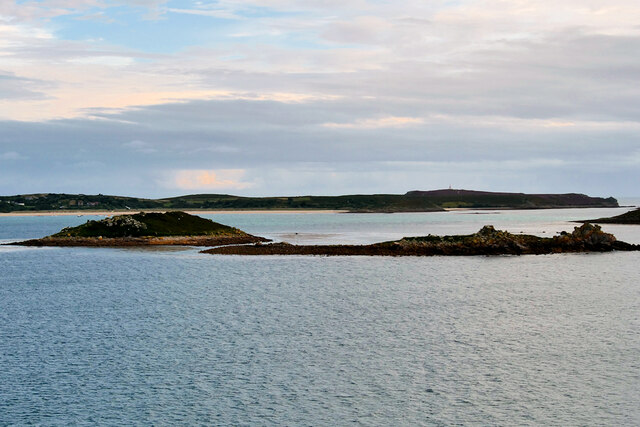
The Hole, located in Cornwall, is a picturesque coastal area that encompasses a sea, estuary, and creek. This natural wonder is situated in the southernmost region of the United Kingdom, offering breathtaking views and a serene environment.
The Hole is primarily known for its stunning sea, which boasts crystal-clear turquoise waters. Its pristine sandy beaches are a popular attraction for locals and tourists alike, providing an ideal spot for sunbathing, swimming, and various water sports activities. The sea is also home to a diverse range of marine life, making it a haven for snorkelers and scuba divers.
Adjacent to the sea is an estuary that is formed by the convergence of a river and the sea. This estuary offers a unique ecosystem, where saltwater and freshwater meet. The estuary supports a rich biodiversity, with numerous species of fish, birds, and plants thriving in its brackish waters and marshy banks. It is a paradise for birdwatchers, as migratory birds often flock to the area during certain seasons.
Connecting the estuary to the sea is a picturesque creek, bordered by lush vegetation and towering cliffs. The creek provides a tranquil setting for boating and kayaking, allowing visitors to explore the calm waters and immerse themselves in nature. The creek is also a popular spot for fishing, with ample opportunities to catch various species.
Overall, The Hole in Cornwall is a natural gem that offers a combination of stunning sea views, a diverse estuary ecosystem, and a peaceful creek. It is a must-visit destination for nature lovers and those seeking a tranquil coastal experience.
If you have any feedback on the listing, please let us know in the comments section below.
The Hole Images
Images are sourced within 2km of 49.944863/-6.246916 or Grid Reference SV9513. Thanks to Geograph Open Source API. All images are credited.
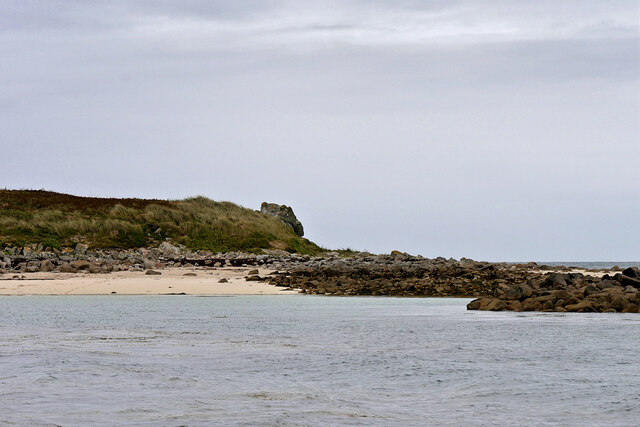
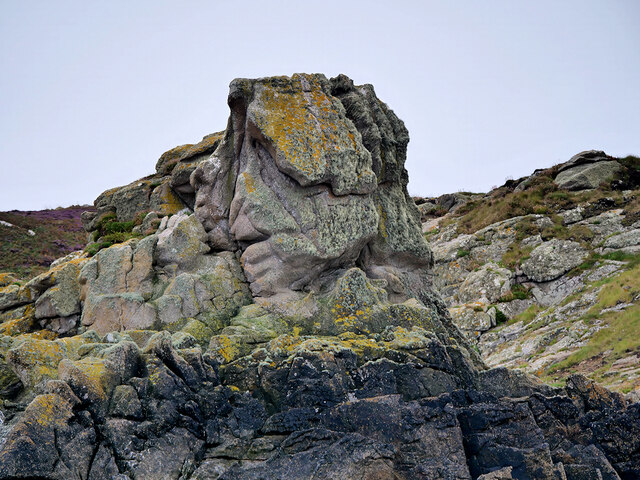
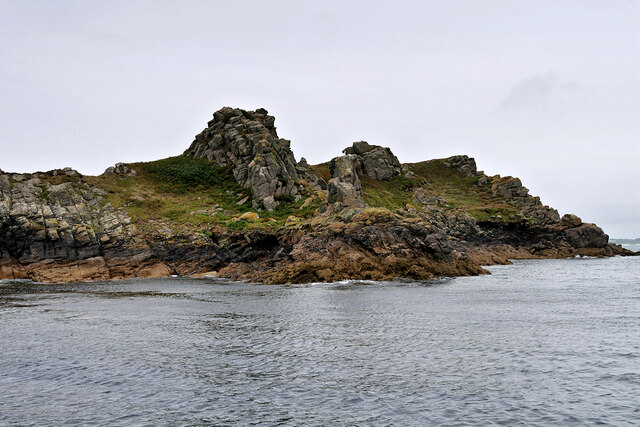
The Hole is located at Grid Ref: SV9513 (Lat: 49.944863, Lng: -6.246916)
Division: Isles of Scilly
Unitary Authority: Isles of Scilly
Police Authority: Devon and Cornwall
What 3 Words
///dividing.slept.trimmer. Near St Martin's, Isles of Scilly
Nearby Locations
Related Wikis
Great Ganilly
Great Ganilly ( gə-NIL-ee; Cornish: Goonhyli Veur, lit. 'great saltwater downs') is one of the Eastern Isles of the Isles of Scilly. It has a maximum total...
Eastern Isles
The Eastern Isles (Cornish: Enesow Goonhyli, islands of the salt water downs) are a group of twelve small uninhabited islands within the Isles of Scilly...
PS Earl of Arran (1860)
PS Earl of Arran was a passenger vessel operated by the Ardrossan Steamboat Company from 1860 to 1871 and the West Cornwall Steam Ship Company from 1871...
Wheel Wreck
The Wheel Wreck is the remains of a shipwreck lying in Crow sound off Little Ganinick in the Isles of Scilly. The wreck site consists of a discrete mound...
Have you been to The Hole?
Leave your review of The Hole below (or comments, questions and feedback).
